Ultimate Guide to Selecting the Right Thrust Needle Roller Bearing for Your Applications
Table of Contents
- Understanding Thrust Needle Roller Bearings: Types and Applications
- Key Factors to Consider When Selecting Thrust Needle Roller Bearings
- Comparative Analysis of Thrust Needle Roller Bearings and Other Bearing Types
- Maintenance Tips for Ensuring Longevity of Thrust Needle Roller Bearings
- Common Myths and Misconceptions about Thrust Needle Roller Bearings
- FAQS
- Conclusion
- Related Posts
In the fast-changing world of industrial applications, choosing the right components can really make a difference in how well everything works and how long it lasts. The Thrust Needle Roller Bearing has become a pretty important part in many industries because of its clever design and how efficiently it handles axial loads. If you’ve been keeping an eye on industry trends, you might have heard that the global bearing market is expected to hit around $123 billion by 2027. Thrust bearings are a big chunk of that growth, especially with the rising demand in automotive and machinery setups. Back in 2015, Shandong Hangshuo Bearing Co., Ltd. started making waves in this space. They focus on designing, manufacturing, and selling top-notch bearings for all sorts of applications—think automotive, mining, engineering, textiles, and farming equipment. This guide is here to walk you through what you need to keep in mind when picking out the right Thrust Needle Roller Bearing for your specific project. The goal? Help you make smarter choices that boost efficiency and cut down on maintenance costs.
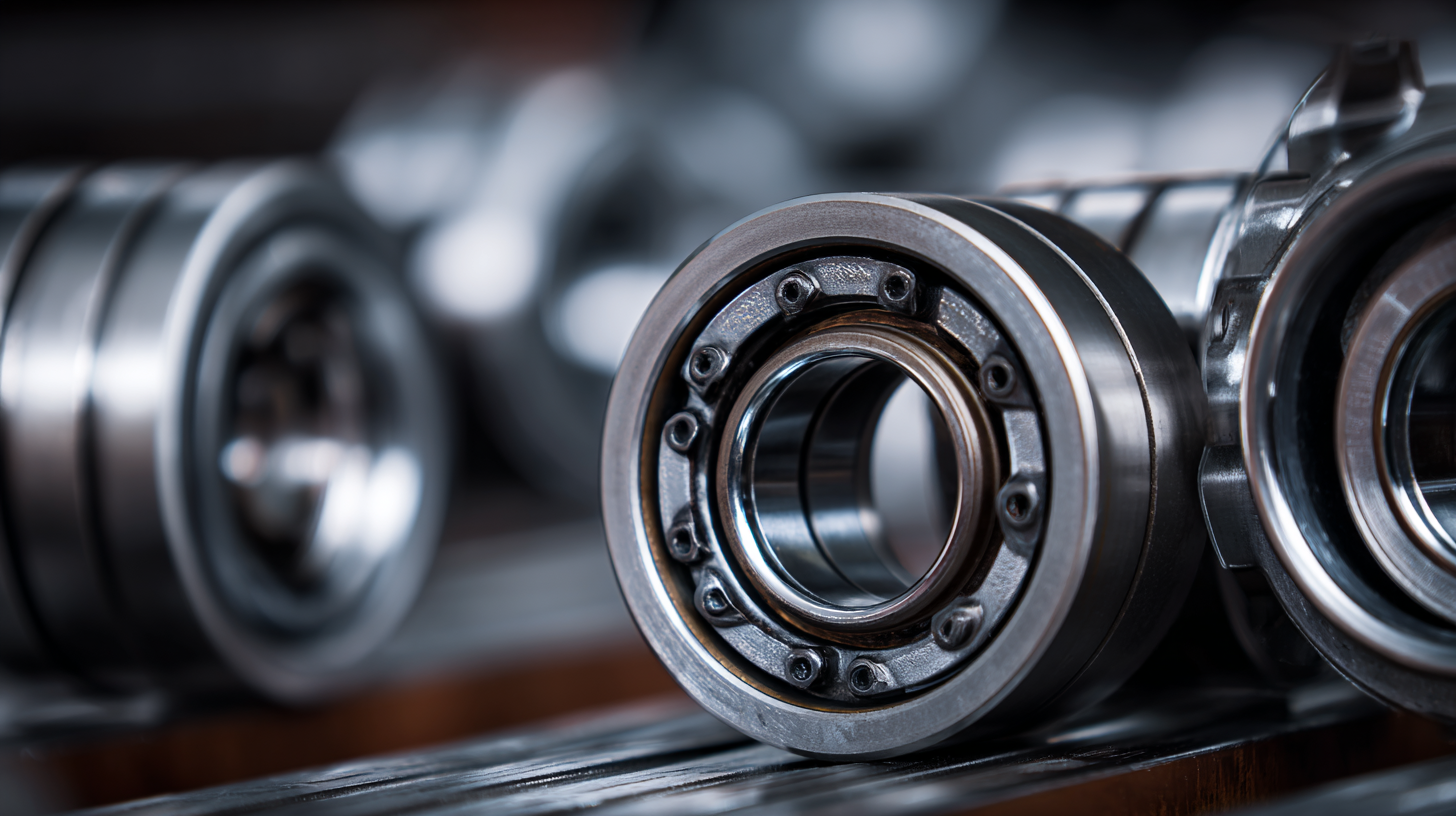
Understanding Thrust Needle Roller Bearings: Types and Applications
Thrust needle roller bearings are super important in a bunch of different applications. They pack a punch with their high load capacity and low friction, all while fitting into pretty compact spaces. These bearings are made up of long, slender needle rollers, making them perfect for situations where you need to handle axial loads in tight spots—think automotive parts or machinery. It's really helpful to understand the different types out there so you can pick the right one for your specific needs. Usually, you'll see single row and double row thrust needle roller bearings—they each have their own strengths when it comes to load capacity and how they’re mounted.
The bearings market worldwide is really booming right now. Experts expect it to jump from around USD 50.16 billion in 2025 to a whopping USD 97.10 billion by 2030. That growth is mainly driven by more industrial activity and the rising demand for high-performance parts across different sectors. In southern Africa, there’s a pretty wide range of bearing options—everything from ball and roller bearings to linear ones—so businesses have plenty to choose from as the industry keeps evolving. As industries advance, picking the right bearings, especially , becomes more and more crucial for optimizing performance and keeping things running smoothly.
Key Factors to Consider When Selecting Thrust Needle Roller Bearings
When you're choosing thrust needle roller bearings for different applications, there are quite a few important factors to keep in mind if you want them to perform well and last a long time. First off, load capacity is a big deal—that's because these bearings are pretty good at handling axial loads thanks to their unique design. I remember reading in the International Journal of Engineering Research and Technology that they can usually withstand thrust loads up to a thousand times greater than their radial counterparts. No kidding! That makes them perfect for really demanding, high-stress environments.
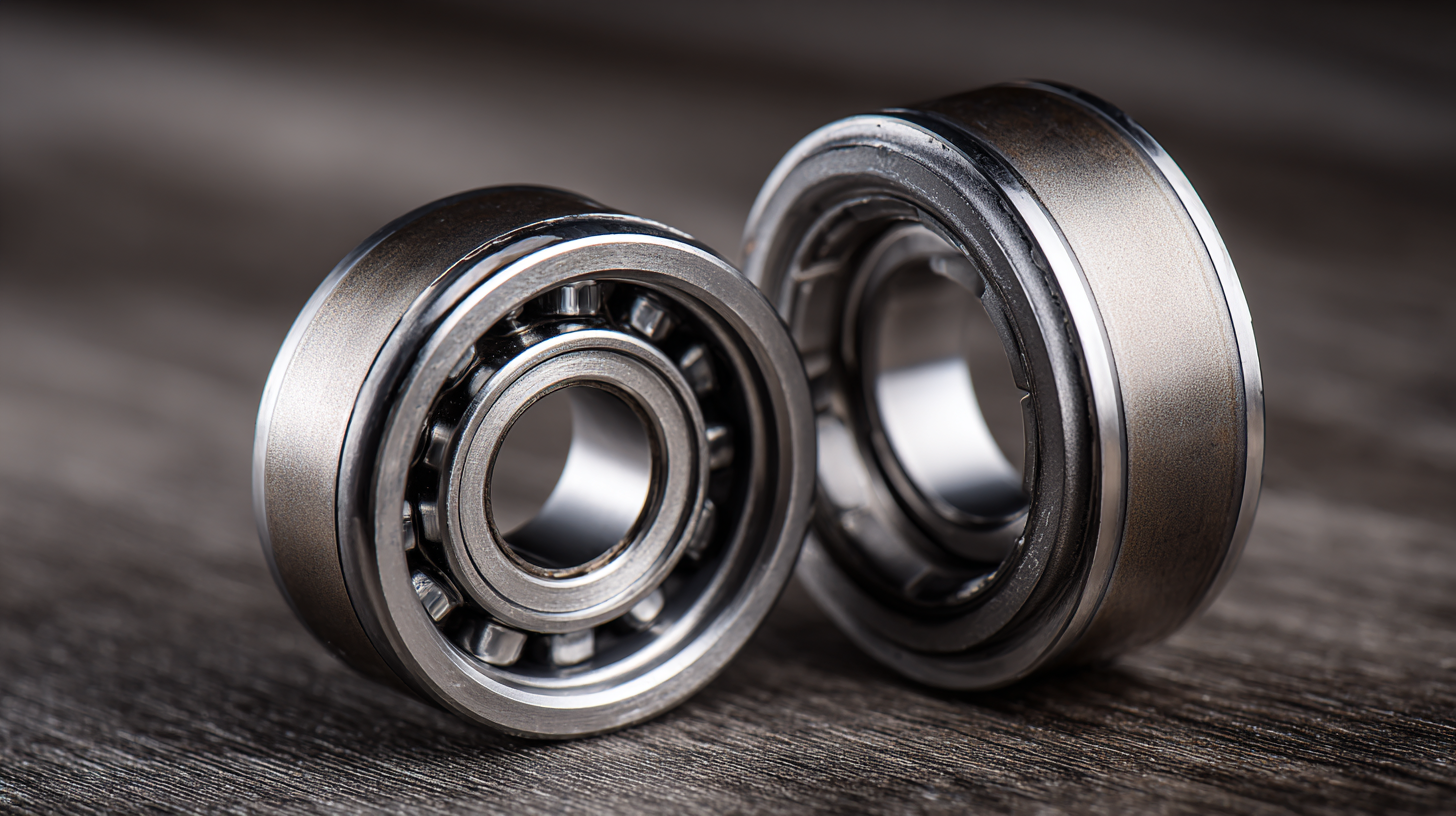
Another thing to think about is the operating conditions. Bearings aren’t used in the same environment all the time—temperature, dirt, moisture, you name it—all play a role. A study by the Bearing Industry Standards Group pointed out that if bearings are going to be used in rough or harsh settings, they should get some special coatings or lubricants to stop wear and corrosion. That keeps them running smoothly and makes them way more reliable. Oh, and don’t forget about installation. Getting the right fit and alignment is super important—if not, you might see the bearing fail early. Taking your time during installation to ensure everything lines up properly can really boost how long these bearings last and help keep your whole system running efficiently.
Comparative Analysis of Thrust Needle Roller Bearings and Other Bearing Types
When you're looking at different types of bearings for industrial use, thrust needle roller bearings really stand out, mainly because of how they're designed and how well they perform. Unlike your standard ball bearings or cylindrical ones, these little guys pack a punch in terms of load capacity, even though they’re pretty compact. That makes them perfect for situations where space and weight are super tight—think automotive parts or heavy machinery where every inch counts.
If you compare them to other bearings, you'll notice thrust needle roller bearings handle axial loads way more efficiently. The needle rollers spread out the load over a bigger surface area, which not only helps reduce stress on the parts but also means they last longer. They also tend to have less friction, so they’re kinda more energy-friendly, saving you some power in the process. With the bearings market expected to grow a lot in the next few years, getting to know these bearings and their perks can really help engineers and decision-makers pick the right fit for their projects.
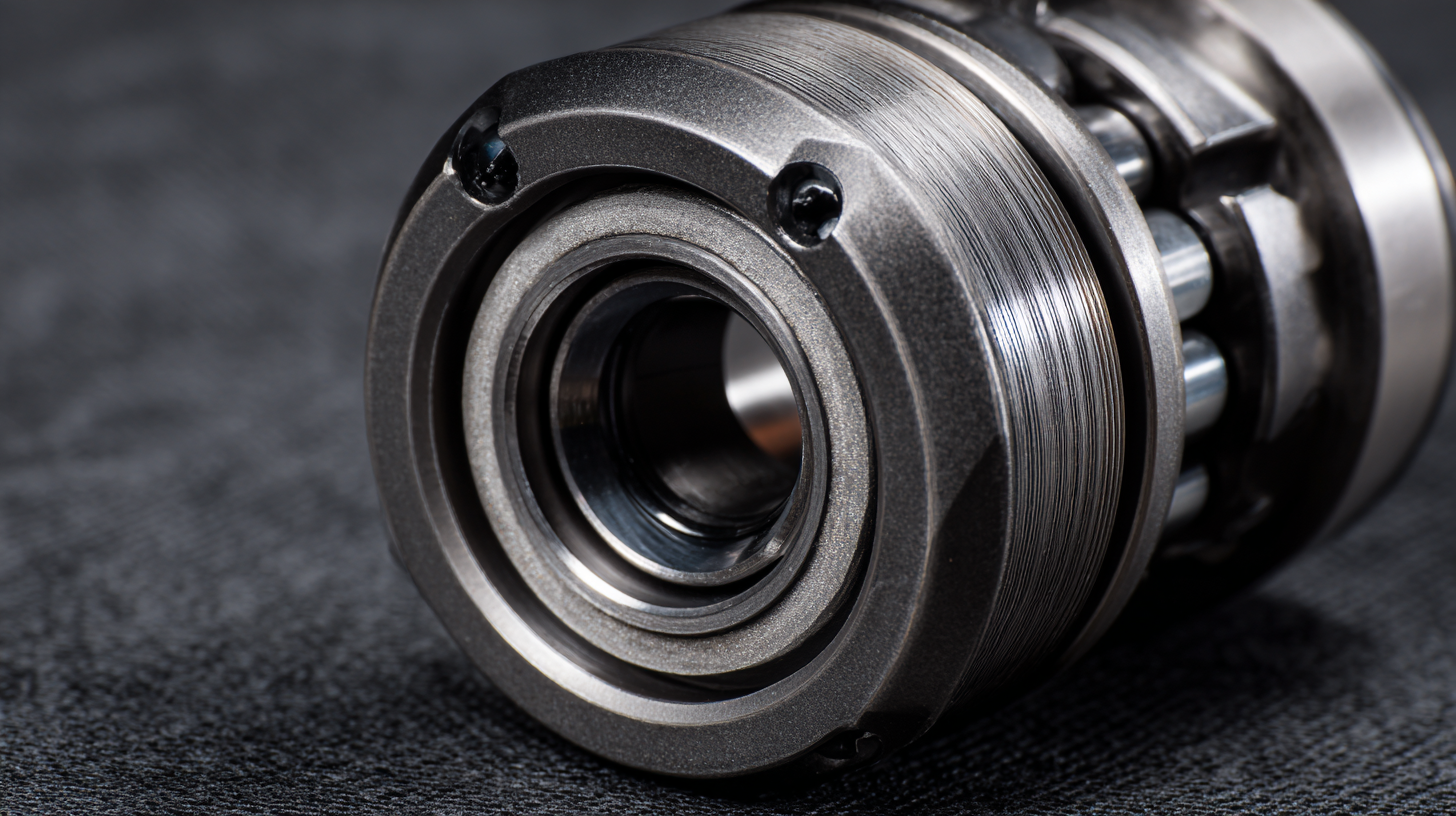
Maintenance Tips for Ensuring Longevity of Thrust Needle Roller Bearings
Thrust needle roller bearings may not be the most glamorous part of machinery, but honestly, they're pretty essential in a bunch of different applications. Keeping them in good shape really matters if you want things to run smoothly and last. Regular maintenance, for example, can really make a difference—sometimes adding years to their lifespan, especially in high-performance machines. You know, technology’s been advancing, and now we see designs with angular contact bearings that handle more load and are tougher overall. It’s like we’re moving towards choosing bearings that not only meet what’s needed but also don’t need constant attention.
Plus, using cutting-edge lubrication methods—like MXene nanosheets—can really boost how long these bearings last and how well they perform. Research suggests that these new solid lubricants can reduce friction in rolling and sliding contacts, which can be a game-changer in harsh conditions. And don’t forget, proper installation and regular check-ups are key. Catching potential problems early can save you a lot of hassle down the line, especially when there’s higher loads involved that can speed up wear and tear. So, staying on top of maintenance isn’t just smart—it’s pretty much necessary if you want your bearings to keep doing their thing for as long as possible.
Common Myths and Misconceptions about Thrust Needle Roller Bearings
When it comes to thrust needle roller bearings, there's quite a bit of talk—and not all of it is accurate. A lot of folks believe that these bearings can only handle low speeds simply because of their needle-shaped design. But honestly, it’s not the whole story. Sure, they're mainly built to handle heavy loads in tight spaces, but thanks to modern materials and engineering tricks, today’s thrust needle roller bearings can actually perform pretty well at high speeds. That means they’re versatile enough to be used in all sorts of things—from cars to heavy industrial equipment.
And then, there’s the common idea that these bearings need constant lubrication to work. While it’s true that proper lubrication helps them last longer and stay in top shape, they’re not exactly high-maintenance nightmares. These days, many models come with self-lubricating parts or seals that make ongoing maintenance a breeze. So, you can enjoy the benefits of these bearings without constantly worrying about lubing them up. It just makes everything run smoother and saves a bunch of hassle in the long run.
FAQS
: Thrust needle roller bearings are specialized bearings that consist of elongated needle rollers, designed to handle high axial loads in compact spaces, making them ideal for applications in the automotive and machinery sectors.
There are primarily two types of thrust needle roller bearings: single row and double row, each suited for different load capacities and mounting configurations.
The growth from USD 50.16 billion in 2025 to USD 97.10 billion by 2030 is driven by increased industrial activity and the demand for high-performance components across various sectors.
Thrust needle roller bearings have a higher load-carrying capacity in a compact form and are more efficient at handling axial loads, resulting in lower frictional resistance and improved energy consumption.
Contrary to common myths, modern thrust needle roller bearings can operate efficiently at high speeds, thanks to advancements in materials and engineering.
While proper lubrication is important for their performance, many modern thrust needle roller bearings are designed for extended life with minimal maintenance, reducing the need for frequent lubrication checks.
Conclusion
Hey there! So, in our 'Ultimate Guide to Picking the Right Thrust Needle Roller Bearing for Your Projects,' we really dig into what makes these bearings tick. We talk about the different types out there, where you’d typically use them, and key things to keep in mind when choosing one. Honestly, thrust needle roller bearings are pretty important across a bunch of industries — from cars and trucks to farm equipment — mainly because they handle axial loads with very little friction, which is a big deal. If you’re trying to figure out why they might be better than other options, this guide will help clear that up and make your choices a whole lot easier.
We also want to bust some myths about thrust needle roller bearings — you know, dispel misconceptions — and toss in some maintenance tips to help them last longer and work better. Plus, we’ve got input from Shandong Hangshuo Bearing Co., Ltd., a company that’s been leading the way in bearing manufacturing since 2015. So, whether you're an engineer or a manufacturer, this guide is packed with useful info to help you pick the perfect bearing for whatever application you've got in mind.
Related Posts
-
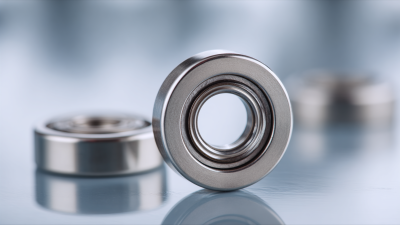
Exploring Unique Alternatives for Micro Miniature Bearings in Global Sourcing
-
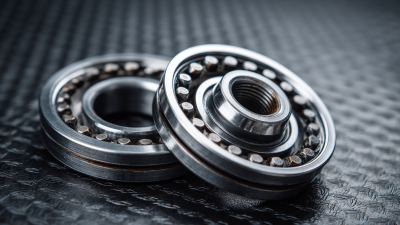
7 Tips to Optimize Your Miniature Flanged Ball Bearings for Maximum Performance
-
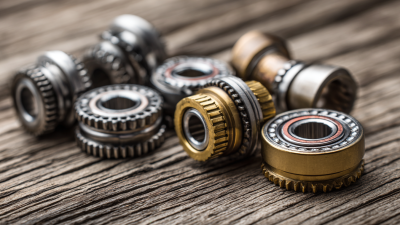
Ultimate Guide to Selecting the Right Torrington Roller Bearing for Your Application
-
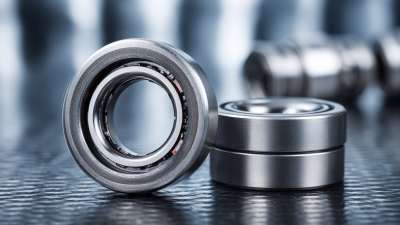
How to Choose the Right Stainless Steel Needle Bearings for Your Application
-
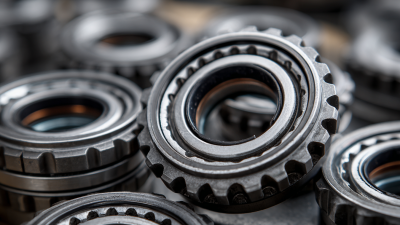
Top Strategies for Maximizing Performance with Miniature Tapered Roller Bearings
-
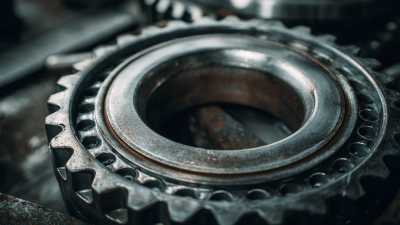
Ultimate Guide to Understanding 22206 Roller Bearing Specifications and Applications
Blog Tags:
